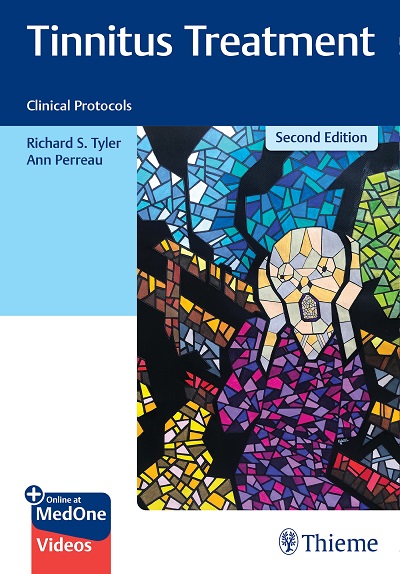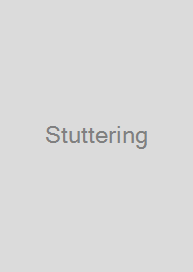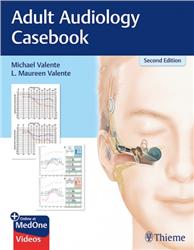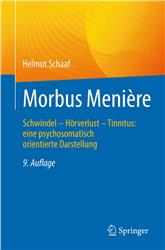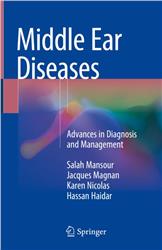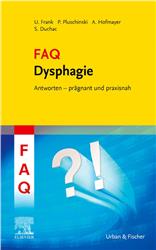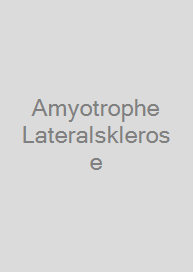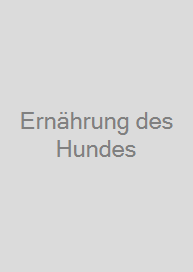Tinnitus Treatment
Clinical Protocols
| Auflage | 2/E 2022 |
| Seiten | 240 p., 83 illus. |
| Verlag | Thieme |
| ISBN | 9781684201716 |
| Artikel-Nr. | 569554 |
Lieferzeit ca. 5 Werktage
Produktbeschreibung
The textbook includes 15 chapters, starting with three chapters on tinnitus models, treatment approaches, and self-treatment options. The next three chapters summarize counseling approaches for audiologists and psychologists, including introduction of the three-track psychological counseling program for managing tinnitus. Chapters 7 and 8 discuss the use of hearing aids in patients with hearing loss-related tinnitus and sound therapy using wearable devices. Chapter 9 covers smartphone apps for tinnitus assessment, management, and education and wellness, including discussion of limitations. The last six chapters provide guidance on tinnitus management topics including treating children, implementing outcome measures, hyperacusis treatment, and future directions.
Key Features
New relaxation/distraction tactics including meditation, mindfulness, guided imagery, biofeedback, progressive muscle relaxation, art and music therapy, exercise, and exploration of new hobbiesTreatment guidance for patients with tinnitus associated with Meniere’s disease, vestibular schwannoma, unilateral sudden sensorineural hearing loss, and middle ear myoclonusDiscussion and research-based evidence covering Internet-delivered self-help treatment strategiesNew supplemental videos, brochures, handouts, questionnaires, and datasheets enhance knowledge, scope of practice, and incorporation of effective approaches into clinical practice
This is a must-have resource for every audiology student and advanced courses, as well as essential reading for all audiologists who feel underprepared in managing tinnitus and/or hyperacusis.
Key Features
New relaxation/distraction tactics including meditation, mindfulness, guided imagery, biofeedback, progressive muscle relaxation, art and music therapy, exercise, and exploration of new hobbiesTreatment guidance for patients with tinnitus associated with Meniere’s disease, vestibular schwannoma, unilateral sudden sensorineural hearing loss, and middle ear myoclonusDiscussion and research-based evidence covering Internet-delivered self-help treatment strategiesNew supplemental videos, brochures, handouts, questionnaires, and datasheets enhance knowledge, scope of practice, and incorporation of effective approaches into clinical practice
This is a must-have resource for every audiology student and advanced courses, as well as essential reading for all audiologists who feel underprepared in managing tinnitus and/or hyperacusis.

Bleiben Sie informiert!
Melden Sie sich für den frohberg.de-Newsletter an und nutzen Sie jetzt Ihre Vorteil:- Willkommens-Dankeschön: Beatmungsmaske Rescue Me
- Aktuelle Neuerscheinungen und Empfehlungen
- Exklusive Angebote und Kongress-Highlights
